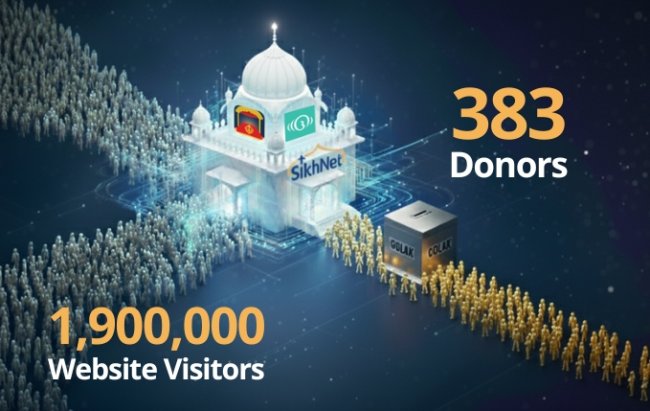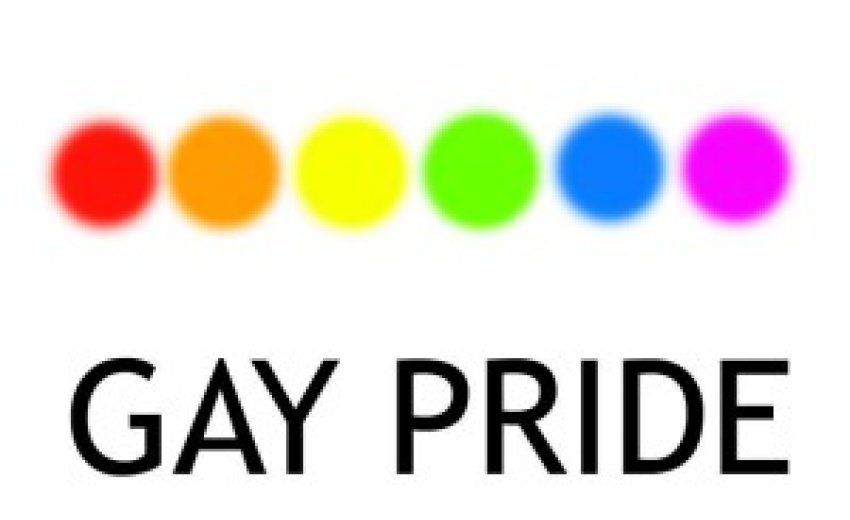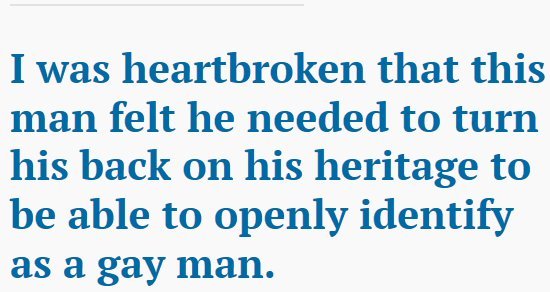| How I learned to have pride in both my Sikh and gay identity |
|
August 22, 2015: Recently,a video was published featuring Manjinder Singh Sidhu and his mother having a conversation surrounding homosexuality and the dynamics it involves in the Punjabi community. As a queer, Amritdhari, practicing Sikhi, I know my own lived experiences, but I wanted to see if there were other videos out there on the same topic. That’s when I came across one particular video that left my heart shattered in a million pieces. The video featured a Punjabi man talking about his life as a gay person. Basically, he began talking about how he felt something missing in his life, and how coming out of the closet made him feel light and airy—pretty much your typical coming out story. But there was a catch. The man, whom I shall rename “Jeevan,” was a Kes-Dhari Sikh (to all my non-Sikh friends, that means he was a Sikh that kept his hair uncut in accordance with the Sikh code of conduct, and wore a turban). Now he doesn’t say it explicitly in the video, but Jeevan implies that he had trouble reconciling his homosexuality with his Sikhi faith. In any case, eventually Jeevan decided to cut his hair—which is sad, but not the reason why my heart was broken. Everyone goes through their own struggles, and if he wanted to cut his kes, that was his prerogative. No, what really made my blood boil and brought tears to my eyes was the story of his haircut. As he tells it, as soon as Jeevan walked into the salon everyone began staring at him. I will spare you all the details (because hair cutting can be very triggering to many Sikhs), but the main point is that during the process the entire salon stared at Jeevan as the barber went about his work. To put the icing on the cake, the other customers literally broke out into applause when he was done.
And yet, these types of divides are commonplace for queer people of color. Many of you may know that I didn’t always look the way I did today—my beard used to be trimmed, my hair was cut, and I was very much the “perfectly assimilated child of an immigrant.” But assimilation didn’t protect me. Here in Vancouver, Canada, just a few years ago, there were two separate incidents involving a bunch of (I can only assume) insecure, spoiled South Asian guys coming to the city’s gay village, and gay-bashing couples. That incident sparked a wave of racial profiling from within the white LGBT community itself—because, you know, homophobic white people never bashed any one. One of my Punjabi friends was even denied entry to a local gay bar. They basically had to make out in front of the bouncer to prove that they were gay. Today, as a Sikh man with a turban and a beard, I feel very visible on Davie Street, but not in the greatest way. I still see looks of suspicion and shock, and I hear the most stupid remarks being made. It’s come to the point where I avoid that part of the city altogether, and I’m not alone. Queer people of color have long been expected to educate our own communities about LGBT equality, yet when we try to speak to the gay community about cultural or religious intersectionality, we are told to quiet down. Yes, of course some religious people have done many hateful things, but religion as a whole is lot more complex. Religion can give a person like me a whole new lease on life.  But that is not what those patrons in the salon saw. They didn’t wacth Jeevan’s haircut and see a man cutting away a half-millenium’s worth of martyrs who sacrificed their lives for their kes. They didn’t see a man being forced to shed his heritage because he doesn’t feel like he fit into the cookie-cutter mold of the perfect gay man. They didn’t see a man ostracized from people in his community—and I’m not talking about the Sikh community here—for being who he is. And they certainly didn’t realize the significance of that haircut—the fact that throughout history thousands of people have faced genocide and torture for this specific expression of their religious identity. Rather, those patrons saw a man shedding “oppression,” shedding the weight of religion and culture, and embracing the “free lifestyle” of a gay man. Not all gay men are alike. It might seem counterintuitive but since we are at the tail end of gay pride season it bears repeating. Being gay is not simply about sex, nor is it about adhering to the kind of hypersexualized, male-centric interpretation of queerness so prevalent at Pride parades. Does the mainstream LGBT community even know what Pride is about anymore? Pride began as a way to commemorate the historic and heroic victory of the queer community in New York against the NYPD during the Stonewall Uprising. It’s more than a little ironic that such an event has become so associated with corporations, with homonationalism, and with misogyny. Thank God I was out of town during Vancouver Pride this year, but for future years I am going to make a commitment to myself. Until the queer community can accept and embrace queer people from all walks of life, I refuse to participate in the corporate facade of an event that has co-opted a once revolutionary movement. Because everyone—no matter their color, appearance, creed or culture—deserves to feel pride in their identity. An unedited version of this originally appeared on Tumblr. We welcome your comments at [email protected]. |


 I
was heartbroken that this man felt he needed to turn his back on his
heritage to be able to openly identify as a gay man. There are several
issues at play here. Yes, people in the Sikh community can say hateful
things. But what this incident in the salon really highlights is
something much more insidious. The applause of the other salon patrons
celebrated a man assimilating to the hegemonic identity. The applause
celebrated a man leaving behind his old “barbaric” culture. The applause
serves as a reminder that diversity isn’t always welcome in Western
society.
I
was heartbroken that this man felt he needed to turn his back on his
heritage to be able to openly identify as a gay man. There are several
issues at play here. Yes, people in the Sikh community can say hateful
things. But what this incident in the salon really highlights is
something much more insidious. The applause of the other salon patrons
celebrated a man assimilating to the hegemonic identity. The applause
celebrated a man leaving behind his old “barbaric” culture. The applause
serves as a reminder that diversity isn’t always welcome in Western
society.